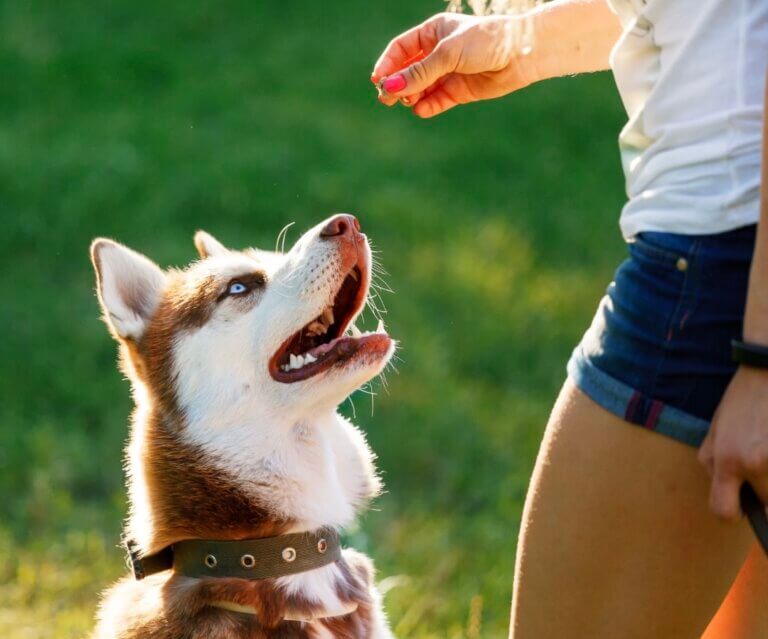Dog training. It certainly is an art form with many different styles and techniques which can be used to help shape desired behaviour and extinguish undesired behaviour. As a professional dog trainer, I see so many of the same common training mistakes which occur frequently with pet owners whilst training their dog. Now everyone has to start somewhere and as the saying goes ‘you don’t know what you don’t know’. Also with dog training becoming more and more popular as the rise of social media dog trainers flood the internet, it can be really difficult (and confusing!) to know just what information you should be following.
Then of course, we have the usually unsolicited advice from Dave down at the dog park who stops you mid training session to tell you exactly what you’re doing wrong. Meanwhile his dog is busy blowing off his recall, charging up to every other dog and has to be asked to sit 25 times before he even considers following the command.
Or perhaps your mates cousins uncles dad who once had a really well behaved dog when he was a kid, so again, he knows best!
It really can become a bit of a minefield! However, following the advice from an experienced dog trainer who has proven results is the best bet to ensure you are getting the knowledge you need to prevent making these common training mistakes.
So, lets get into it!
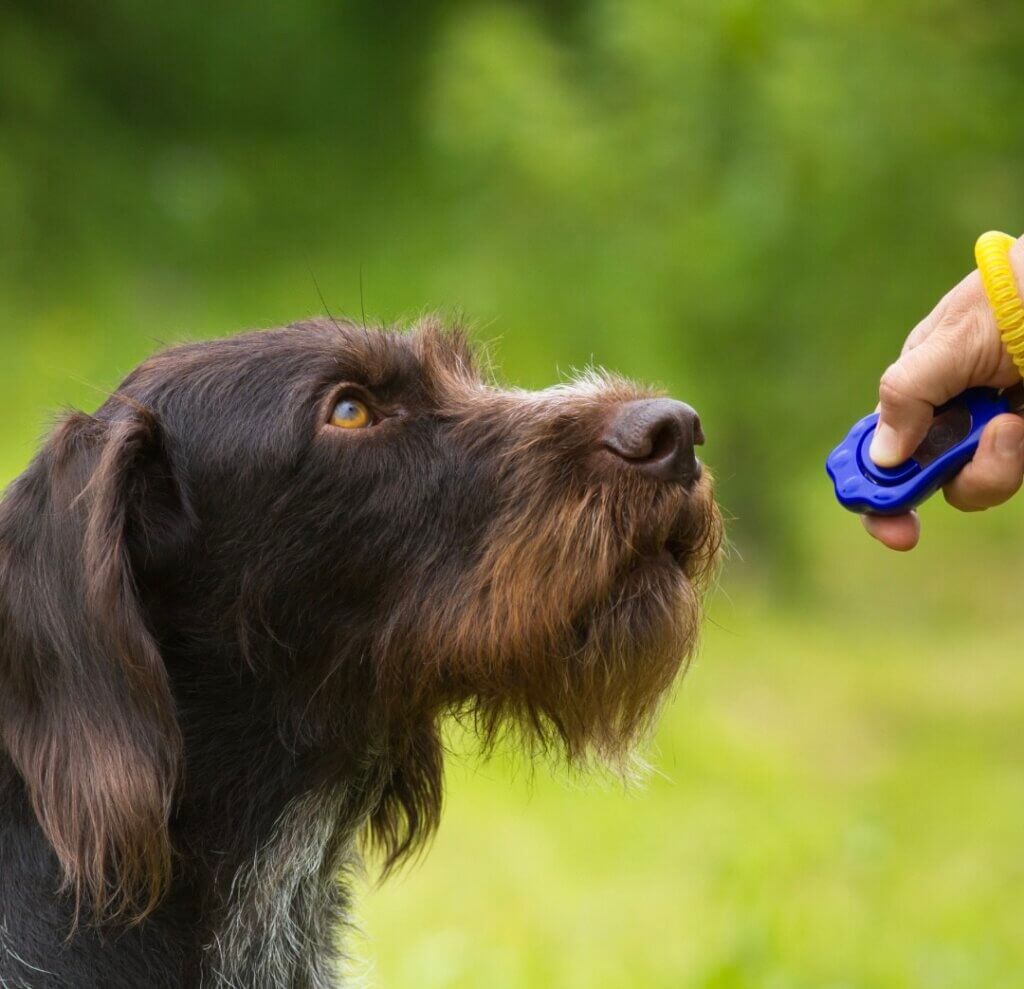
1. Repeating your commands
‘Sit. Sit. Siiiiit. SIT! FIDO SIT! FOR GOODNESS SAKE FIDO SIT!!’ Spoiler alert, Fido almost never sits the first time he’s told and if he does, it’s usually only if his owners are waving a piece of roast chicken frantically in front of his face.
If this sounds all too familiar, you are not alone.
Although these 5 common mistakes aren’t in any real order, repeating commands is definitely up there with the top mistake that I see most frequently. This problem can occur for many reasons and usually begins right when people bring their new puppy home. Whenever we are teaching dogs of any age something new, we want to be sure that they will move into the desired behaviour easily BEFORE we name it.
Lets take the sit as an example.
A common technique used to teach a puppy to sit would be luring them into position whilst using food (or a toy, but usually we start with food for more precision). This technique involves lifting the food above the puppies head until their bum hits the ground and they perform the sit and are then rewarded.
Now initially, this might take a few tries until puppy is reliably following the lure every time and ending in the desired position. Here, is it so important that we do not name the command until our puppy is showing us that they can get into position reliably. There is a saying in the dog training world ‘don’t name it until you love it!’ which is a great reminder not to add in a command to a behaviour until we really like what we are seeing from our dog and they are performing it well.
Once we are happy in the knowledge that they are are performing the behaviour correctly, we can begin to name the command before we lure them into position making sure we only say the command ONCE and then helping our puppy with the lure. Over time, we can fade the lure until they are performing only on the verbal command.
Another reason why our dogs may not be responding to our commands the first time is due to unclear communication (more on that later!) or that we do not follow through with what we have asked. What I mean by this, is that if you have taught a command well and are sure your dog understands this (and I mean, really understands this, and is performing it with an almost 100% success rate in the desired location, and at an appropriate distance and/or distraction level suitable for the dogs current level of training) then it is important that we have a way to show the dog that we will help them complete the behaviour should they choose not to comply.
As an example, this could be as simple as using a long line when practising recalls. When we give our dog the command to come back, if they get distracted along the way or decide that they’d actually much prefer to continue sniffing a little longer than come back and leave the park, we have a way to communicate to them by using gentle leash pressure to guide them back to us. This avoids the all too familiar scenario of a desperate owner calling after their dog 17 times while it chooses to ignore them over something much more exciting.
There is so much more to this topic so if you have any questions, feel free to shoot me a message on Instagram @abinaylor or comment at the end of this blog!
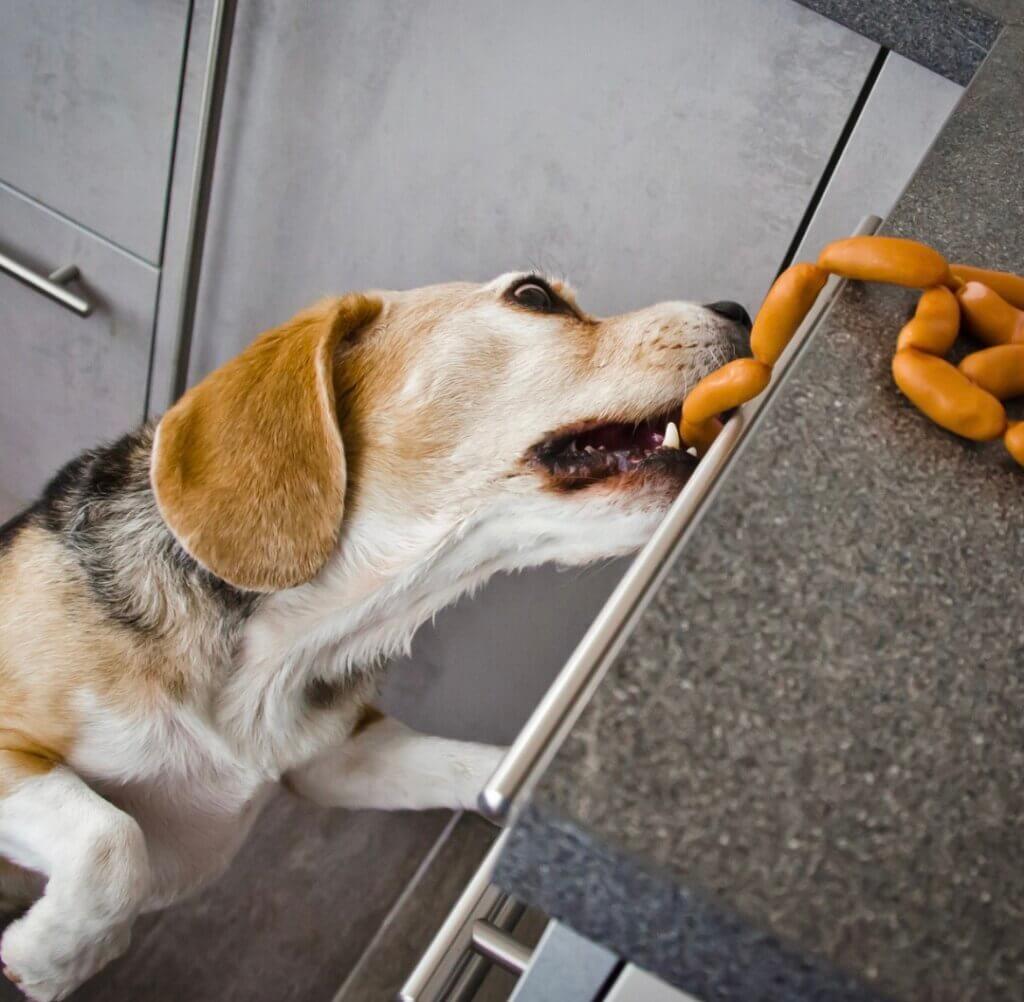
2. Failure to use management techniques
If you’ve had a private in- home consultation with me you would have definitely heard me talk about the times for training, and times for management. This is because our dogs are always learning. Weather or not we are actively in ‘training mode’ and working with our dog towards a specific goal, they are unsupervised out of sight or if we are just going about our daily lives with our dogs, does not change this fact.
Therefore in order to prevent our dogs rehearsing behaviours we don’t like when we are not able to actively work with them, we must utilise management techniques. Failure to do so means that our dogs are practising these undesirable behaviours which in fact makes them stronger and stronger. Ultimately this makes extinguishing these behaviours a heck of a lot harder!
Here are a few examples of how you can use management techniques to improve your dogs training:
– Does your dog jump on guests when they first arrive? Use barriers such as baby gates, crates, or simply putting them on a leash to prevent rehearsal of behaviour.
-Are you finding that your puppy finds a quiet spot to go to the toilet as soon as your back is turned? Putting them in a play pen or crate is a great option to reduce the amount of freedom they have to make mistakes.
-Perhaps you have a dog who LOVES to counter surf and takes advantage of this in particular while you’re in the other room or out at work? Remove their access to the counter by placing them in another room/outside, using barriers such as baby gates and crates.
Are management techniques going to magically solve all your problems? Look, probably not. But working with a professional trainer to tailor a training plan to you and your dog in conjunction with prevention of rehearsal of undesirable behaviour through appropriate management is sure to help!
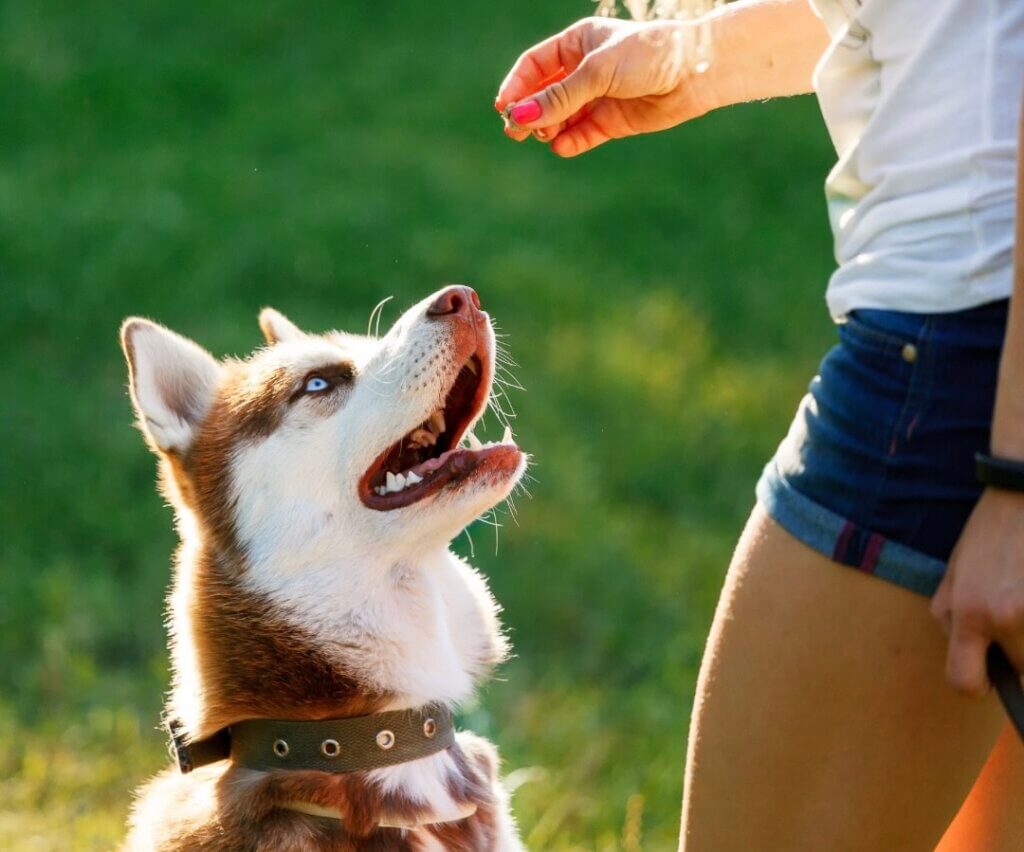
More often than not, the expectations pet owners have for their dog are not aligned with the level of training that their dog currently is at. When we put our dogs in situations that they are not ready for, we are essentially setting them up to fail which leads to disappointment and frustration from their owners and this can ultimately set their dogs training back.
There are many things to take into consideration when setting up a training exercise for our dogs in order to set them up for success and challenge them in a way which is fair and will be beneficial to your overall goals for your dog.
Here are just a few things to think about:
– Your dogs level of understanding of a particular exercise before adding difficulty in the form of duration, distance or distraction.
-Your dogs prior learning experiences
-Your dogs age, breed and temperament
-Any behavioural issues your dog is currently working through
For example, if your dog is dog aggressive, it’s probably safe to say that a trip to the dog park is not going to end well! So rather than setting the dog up to inevitably have a negative experience, simply do no put them in that situation in the first place.
4. Unclear communication
Communication with our canine friends can be quite the challenge because well, they don’t speak our language! However there are many ways we can communicate with our dogs in a way they understand to help reach our training goals and create a beautiful bond and strong relationship with our dogs.
One way that we can communicate effectively with our dogs is through the use of conditioned marker words. We can then use these marker words in lots of different ways to communicate with our dogs. You can go incredibly in depth with different marker words for your dog to aid in their training, but an extremely simplified example would be the marker word ‘yes’ which when paired with something the dog likes such as food, helps pin point the exact moment that they have done something we like. Think of this like taking a photograph, the moment that you say ‘yes’ the dog takes a mental photograph of exactly what it was doing at the time it heard the marker word and has learnt through the conditioning process that ‘yes’ predicts a reward.
Sometimes the communication between us and our dogs can become unclear which leads to many issues in dog training. Many times we believe we are teaching a particular behaviour but due to poor timing, body language cues that we aren’t aware of, repeating of commands and many other reasons the dog doesn’t perform the behaviour as we expect. It is then up to us to troubleshoot the problem, and see if we are in fact being clear with what we are asking and that both us and our dogs are on the same page.
Sometimes dogs are labelled as ‘stubborn’ or ‘stupid’ when in reality the communication has been less than clear for our dogs and they are simply doing their best to try and decipher what on earth their owner wants from them! Moreover, pet owners can become frustrated when their dog is not complying with their command that they ‘think’ they know or is doing a completely different behaviour. Spoiler alert, their dog is actually doing what they’ve learned, it may just not be what we think we have taught them!
An example I love is when owners tell their dog to sit. Almost every owner when I ask if their dog knows how to sit will tell me ‘yes of course!’ however it is usually not the case. I then watch as the owner asks their dog to sit over and over. Sometimes the dog sits, sometimes it doesn’t, and sometimes it does something completely different. What happens next is crucial!
Lets say that rather than sitting as per their owners request, they lay down instead. The owner then laughs and says ‘ ah well, good enough’ and rewards the dog!!
Now how confusing do you think that must be to the dog?! Sometimes they get rewarded for sitting, sometimes for laying down, sometimes they do nothing at all. Knowing all this, do we really think the dog understands the word ‘sit’?
5. Inconsistency in training
Being clear and consistent with what we expect from our dogs is crucial to raising a well behaved pet however this is something a lot of people struggle with. We all lead busy lives and sometimes this means that we aren’t able to dedicate the time to training our dogs that they truly need.
In families that have multiple people who are responsible for the dogs training, it is critical that all members of the family are working together to create predictable, clear expectations for the dog. Otherwise do not be surprised when inconsistent training leads to inconsistent results.
Loose leash walking is a common behavioural problem that many people find challenging. Now imagine that you are following your trainers loose leash walking plan to the letter and diligently putting in the work to change this behaviour. However, your partner also likes to take the dog out for a walk and the problem is, they don’t quite have the same expectations for your dog as you do. Rather than walking calmly by your side and teaching a lovely loose leash walk, instead they allow the dog to pull them to every bush and tree, zig zag across the footpath and greet every single dog they see. This in turn will hinder the progress your dog can make as the training it is receiving is inconsistent.
That’s a wrap for this weeks blog! Let me know in the comments what other topics you’d like me to cover and as always, head over to Pk9 online for online dog training help or book in a private in home consultation if you are local to Melbourne where one of our experienced trainers would be happy to help you and your dog reach your goals!
